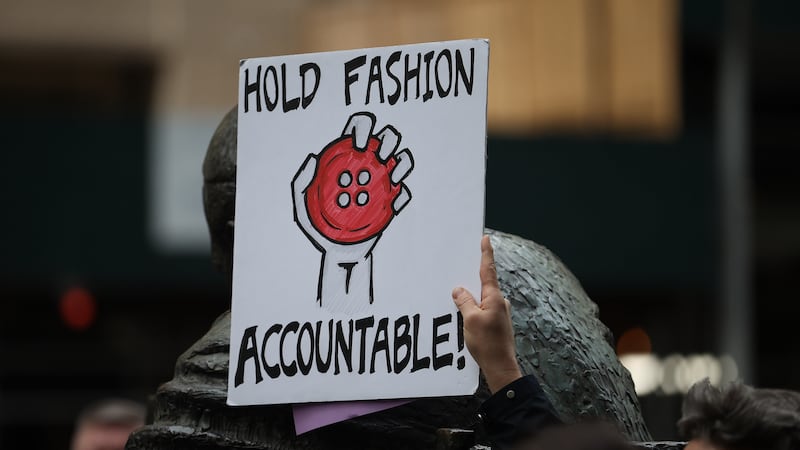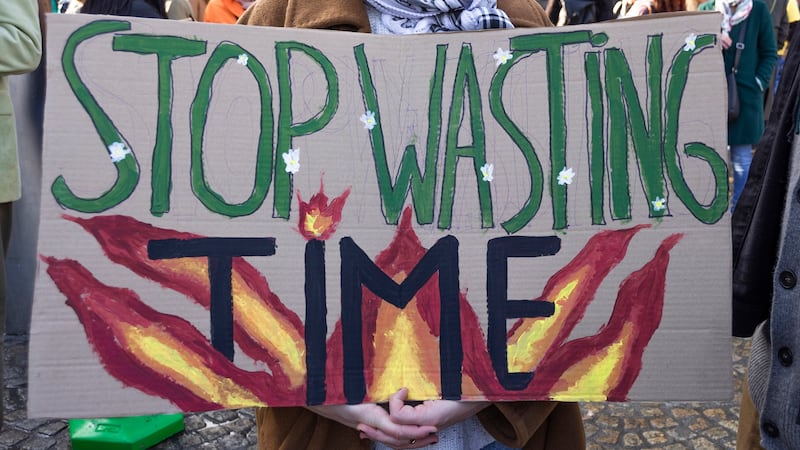Agenda-setting intelligence, analysis and advice for the global fashion community.
Over the last two weeks, thousands of policymakers, conservationists and business leaders descended on the Colombian city of Cali for COP 16, the UN’s biennial nature-focused summit.
Though historically less high-profile than its climate counterpart, “nature COP” is gaining more attention amid a growing push from businesses — fashion included — to address their impact on the natural world.
It’s a complicated, but increasingly urgent topic. The world is already facing an ecological crisis with significant implications for global supply chains and the natural resources they require.
Here’s what every fashion executive needs to know about this month’s meeting:
ADVERTISEMENT
What is COP 16 and why does it matter?
Nature COP — more commonly known as the UN biodiversity summit — takes place every two years. This is the first one since world leaders reached a landmark agreement in Canada in 2022 to halt biodiversity loss by 2030. The agreement has been framed as a Paris Agreement for nature, referencing the global treaty to combat climate change. Key targets include a goal to protect and restore 30 percent of land and oceans by 2030.
Things aren’t going well so far. Global wildlife populations have shrunk by an average of nearly 75 percent over the past 50 years, according to a report published by the World Wildlife Fund. Nearly one million animal and plant species are under threat of extinction, according to the UN.
That’s a serious risk for business. Over half of global GDP — $58 trillion — is dependent on nature in one way or another, according to consultancy PWC. Fashion, for one, relies on farming for raw materials like cotton and leather. The beauty industry is dependent on natural ingredients from palm oil to shea butter. At the same time, both sectors are partially responsible for the ongoing destruction of the natural landscapes on which they depend.
More than 300 million trees are cut down every year to make raw materials like viscose, according to forest conservation campaign group Canopy. Supply chains for leather and palm oil are major drivers of deforestation, while crops like cotton can require dangerous levels of pesticides and large amounts of water.
What role did business play at this year’s meeting?
Though companies still aren’t showing up to nature COP with the same force as at the UN’s annual climate summits, their engagement is increasing. More than 3,000 businesses attended this year, compared to around 1,000 in 2022, according to The Wall Street Journal.
That’s important because more private investment is needed to galvanise the hundreds of billions of dollars that will be required annually to meet global nature goals. It’s an area where fashion has made some moves already. Companies from North Face-owner VF Corp to Allbirds and Citizens of Humanity are working on supporting regenerative farming programmes, with a view to reducing their carbon footprints and improving biodiversity in their supply chains. Big groups including Kering, LVMH and Zara-owner Inditex have committed tens of millions of dollars to restore tracts of land, forest and water (though all these efforts are dwarfed by the industry’s overall scale).
This week, Gucci-owner Kering became one of the first three companies to adopt science-based targets to protect nature, with initial efforts focused on reducing fresh water usage and land impact. Other companies are expected to follow the example.
“Climate and nature are interlinked and it cannot be clearer — especially during COP16 negotiations — that the business community needs to put as much effort into reducing and restoring their impacts on nature as they do on reaching their climate ambitions,” Kering chief sustainability officer Marie-Claire Daveu said in a social media post announcing the new commitments. “Science-based targets for nature will help enable companies to do their part in reversing nature loss and I hope other companies in our industry and beyond will commit to these targets.”
ADVERTISEMENT
Where do things go from here?
As has been made painfully clear by lagging progress towards corporate climate targets, setting goals is just the first step in a long and challenging process to actually address and mitigate the fashion industry’s environmental impact.
In many ways, addressing biodiversity loss is an even more complicated challenge than tackling carbon emissions. Opaque and fragmented supply chains mean most brands have very little idea where the raw materials they use come from. Meanwhile, healthy soil and water levels will look different on a cotton farm in India than in Brazil or the US, for instance.
The industry is making efforts to set clearer frameworks to help brands deliver on their nature-based targets. Earlier this week, nonprofit Textile Exchange announced an upgrade to its system of standards for lower-impact materials, intended to ensure certifications widely used by the industry are underpinned by robust environmental data.
Investors are also stepping up their engagement on the topic, with a coalition of financiers with €5.85 trillion ($6.35 trillion) in assets under management announcing plans to push the fashion sector to address its impact on nature during COP 16.
But efforts to deliver on big climate ambitions are bumping up against a chaotic moment of economic and political uncertainty that’s making it more challenging than ever for such a short-term industry to prioritise long-term strategic investments. The risk is that fashion’s ambitions to become “nature positive” go the same way as many of its climate pledges, offering a green veneer to an industry that continues to operate in the same way it always has.





